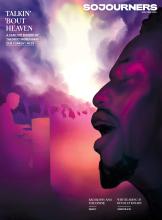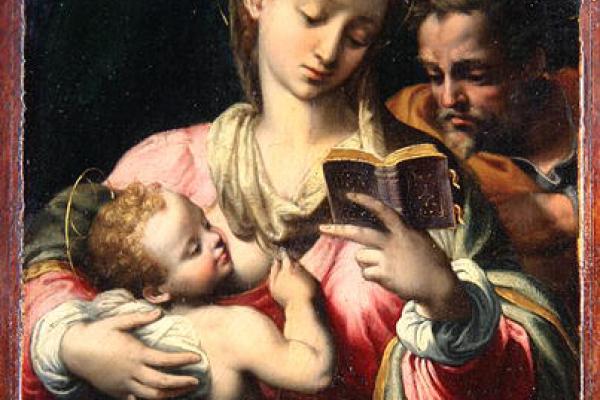At its heartwarming core, Christmas is the story of a birth: the tender relationship between a new mother and her newborn child.
Indeed, that maternal bond between the Virgin Mary and the baby Jesus has resonated so deeply across the centuries that depicting the blessed intimacy of the first Noel has become an integral part of the Christmas industry.
Yet all the familiar scenes associated with the holy family today — creches and church pageants, postage stamps, and holiday cards — are also missing an obvious element of the mother-child connection that modern Christians are apparently happy to do without: a breast-feeding infant.
Jesus certainly wasn’t a bottle baby. So what happened to Mary’s breasts? It’s a centuries-old story, but one that has a relatively brief answer: namely, the rise of the printing press in 15th-century Europe.
With the advent of movable type, historians say, came the ability to mass-market pornography, which promoted the sexualization of women’s bodies in the popular imagination. What's more, the printing press enabled the wider circulation of anatomical drawings for medical purposes, which in turn contributed to the demystification of the body. Both undermined traditional views of the body as a reflection of the divine.
Read the Full Article

